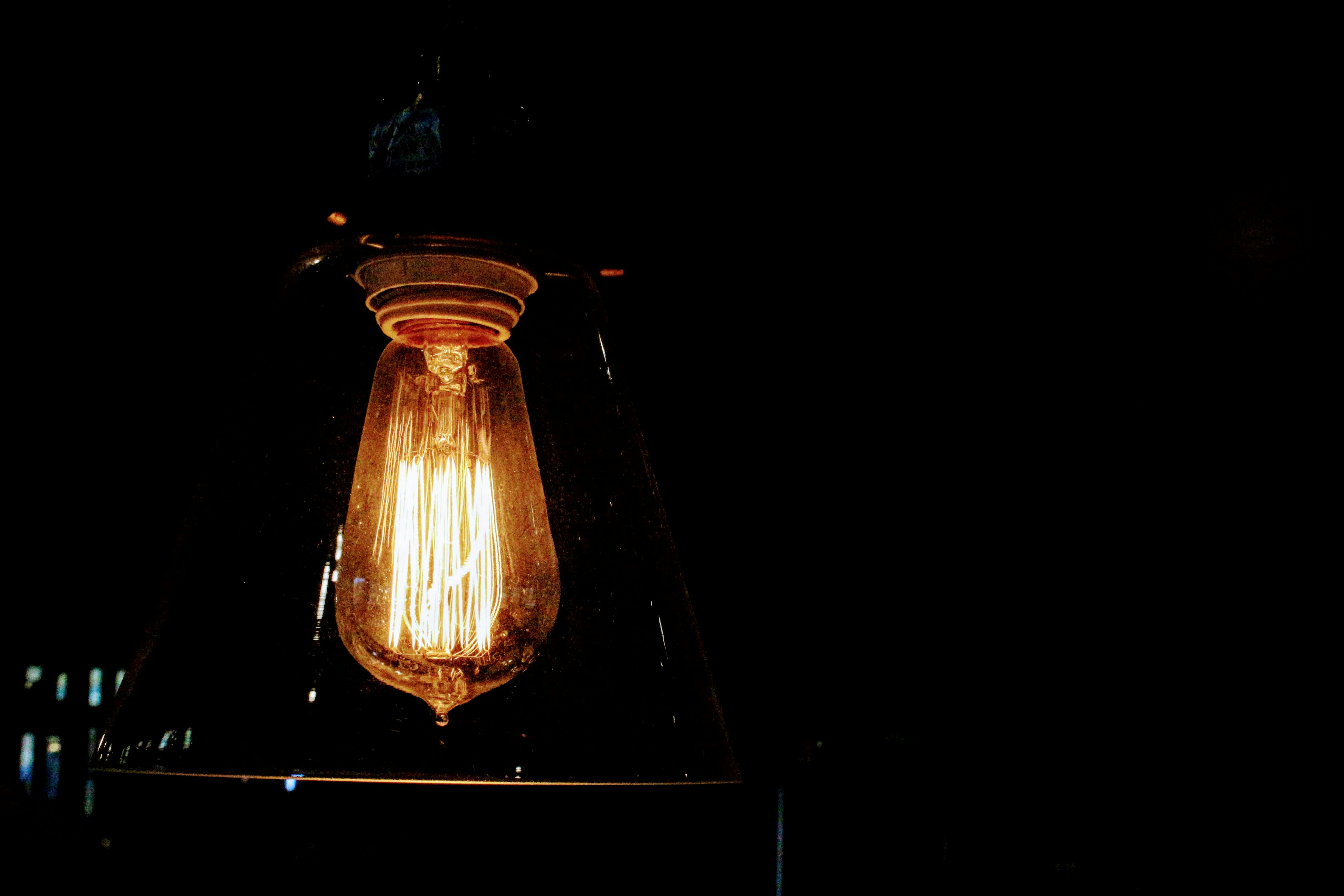How to Make Your Home More Energy Efficient Year-Round

To prevent your energy bills from getting too out of control, it’s important to make your home more energy efficient. Below, we’ll be going over a few ways you can go “green” and start knocking down your energy bills year-round.
Purchase Energy Star Products
Buying Energy Star products can help you save a lot of money in the long run. These include stoves, AC units, refrigerators, and washers that are approved by the EPA. This is because Energy Star products require nearly 50 percent less energy than regular appliances. So, if you’re in need of a new appliance any time soon, you should consider investing in Energy Star products. Some of these products might be a little more expensive than their competitors, but they save you more money in the long run.
Lower Your Lighting Use
It’s a smart choice to keep your lights off if you’re not using them. Fortunately, in today’s modern world, you only need to flip a switch to do so. You should also consider investing in smart lightbulbs that can be controlled, via turned on and off, by your smartphone. However, you can also implement motion sensors in your home to turn the lights in your home on and off based on movements in your house. Other additional things like smart home automation can help you save even more energy. Being able to control every system in your home at the touch of a button on your smartphone makes this incredibly convenient.
Maintain Your HVAC System
You’d be surprised how much a regular tune-up on your HVAC system can do. Doing so can help save you money by avoiding costly repairs in the future. In fact, maintaining your HVAC system can help the heating and cooling in your home work much more efficiently. Some companies, such as Pacific Heating and Cooling, know that having an efficient HVAC system means a lot. Also, keep in mind that replacing your HVAC system can cost upwards of $8,000 if you don’t maintain it properly. This is a cost that is easily sidestepped, so take the time to always maintain yours.
Keep Your Windows Sealed
Keeping the windows in your home sealed can help lower your heating and electric bills year-round. If you notice a draft around your windows, we recommend weather-stripping your frames to help avoid heat from escaping. If you notice cracks or holes in your walls, we suggest using caulk to fill the spaces and prevent your home from developing drafts. Believe it or not, lowering the temperature of your water heater can end up saving you money in the long run. In fact, your heating water can make up 30 percent of your energy costs. Plus, lowering the temperature of your water heater by a few degrees can save you hundreds of dollars a year.
Insulate Your Attic
Properly insulating your attic can help prevent drafts in your home and lower the cost of your energy bills throughout the year. Although the cost to insulate your attic depends on the size of it, the cost is usually no more than $2,000. This may seem like a large investment at first, but your ROI will be larger than you think.
Now that it’s the middle of winter, home energy bills are higher than ever. This is why it’s so important to take preventative measures to lower the overall cost of your energy bills. Hopefully, with the help of this guide, you can get a few ideas on starting to lower your utility bills and invest in Energy Start products to prevent your energy bills from getting out of hand.


0 Comments
Recommended Comments
There are no comments to display.